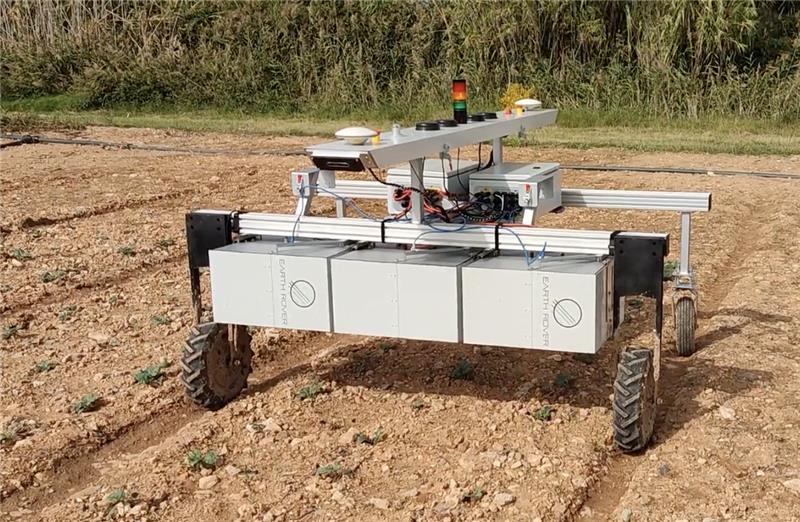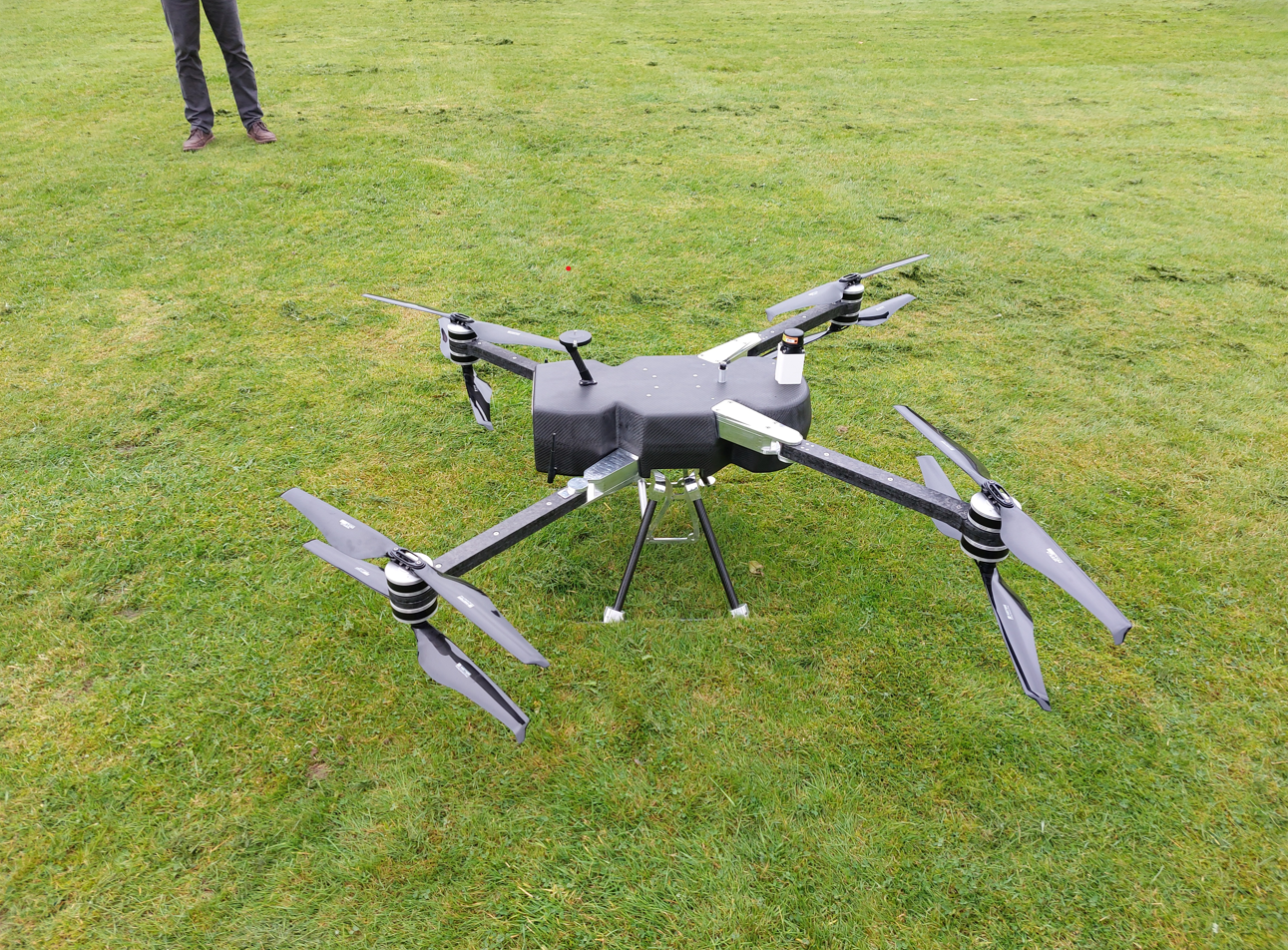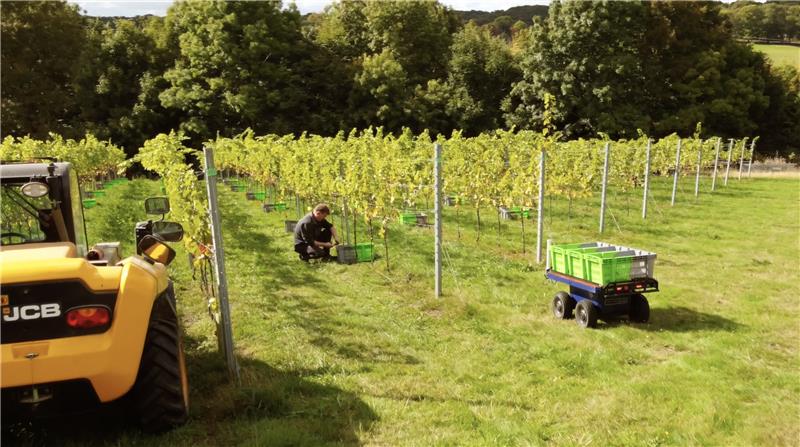By: Eliot Dixon, Head of Engineering at Agri-EPI Centre
Robotics has several strong applications in agriculture, especially in scenarios where systems can enhance the productivity of a shrinking workforce or can offer production efficiencies to the farm. However, to be successful in these applications the systems created need be reliable, in terms of long-term physical robustness but also in the ability of their control software to handle the very wide variety of scenarios they will encounter in a farming environment. This means the robots must be both well designed and well tested to meet the needs of farmers. This includes a design which emphasises safety and reliability.
“Understanding user requirements and testing in-field is key”

Good design requires a deep understanding of the needs and requirements of farmers and their farming systems. This extends from the core values held by a farmer, such as safety, which dictate their decisions; through to very specific requirements created by the unique combination of their way of working and the land they work. If this understanding is not achieved for a farming system, then there is a very high chance that the eventual product will be unsuitable, either creating a failed product or a long development timeline to solve the deficiencies. Gaining this understanding should come through working with a wide variety of farms within the target market for the technology, not just a small handful. In many agricultural sectors this design stage is especially important due to the limited testing season and ability to iterate on the design.
Testing is also well understood to be important to creating a reliable product, and in agriculture this does require a close collaboration with farmers to ensure that the robot meets their needs. As these are complex machines, which are also often dangerous if not created with a strong safety process, the testing regime should also be rigorous enough to ensure that the system will function to the desired reliability for all the design requirements. A rigorous testing regime would usually require multiple tests for each requirement across multiple operational scenarios such as different weather conditions, soil types, dangers, failure modes, crops etc. Failure to complete this testing will certainly result in the robotic system encountering situations which it is unable to function within, which may create unfortunate repercussions for the user or manufacturer. Unfortunately, completing this massive number of tests requires a range of test facilities, some of which might be beyond the capability of a company focussing on a small range of agricultural applications.

In our 2021 hackathon we explore safety and security. Outcomes are discussed in our white paper here:
As mentioned, good design and testing is essential to creating successful products, but this unfortunately comes with a high cost. Doing this for the wide range of complex operating scenarios in UK agriculture, as well as the short testing cycles, is driving up the cost of developing agricultural robots. There are a multitude of Agri-robotics companies in the UK creating their systems from almost the ground up, each of which are individually bearing the cost in time and money of this development. This creates barriers to adoption in terms of high costs, a limited set of operations which can be conducted by robots, or low reliability due to poor engineering, and is increasing the amount of time it takes for products to get to market. As in all development the saying “Good, Cheap, Fast. Pick two”, is very much in action here but some very pressing needs mean we must find ways to break that deadlock.

Collaboration enables future opportunities for robotic systems
The obvious solution for this deadlock is to massively increase collaboration between ag-robotics developers. This has been proposed for many years, but we are yet to see a viable solution to this. Direct collaboration is currently difficult for commercial reasons with developers competing for the same money, but also for technical reasons where it is challenging to share components between robots. Perhaps a solution for this is to build an ecosystem of adaptable, compatible, components and platforms which can be used to create a multitude of agricultural robotic systems. This ecosystem of components would also be able to be robustly tested to ensure reliability when integrated as part of a larger system. Thus, the costs of development would be increasingly shared, without any single robotics manufacturer losing income as they are all developing for specific agricultural niches. Using a set of well proven components would allow developers to focus on ensuring good understanding and design for specific problems in agriculture, while also allowing for easier integration and testing of the robots.

Robotics in agriculture is a promising field, and with the right design and testing, as well as collaboration between developers, it could be a great success. By understanding the needs and requirements of farmers and using that to create an ecosystem of components and platforms, robots can be developed which are high value, robust, reliable and safe. With the right approach, agricultural robotics could benefit farmers across the UK and worldwide. Read our robotics and automation article to understand more about how we can support you to develop a robust well tested solution through collaborative R&D today.





